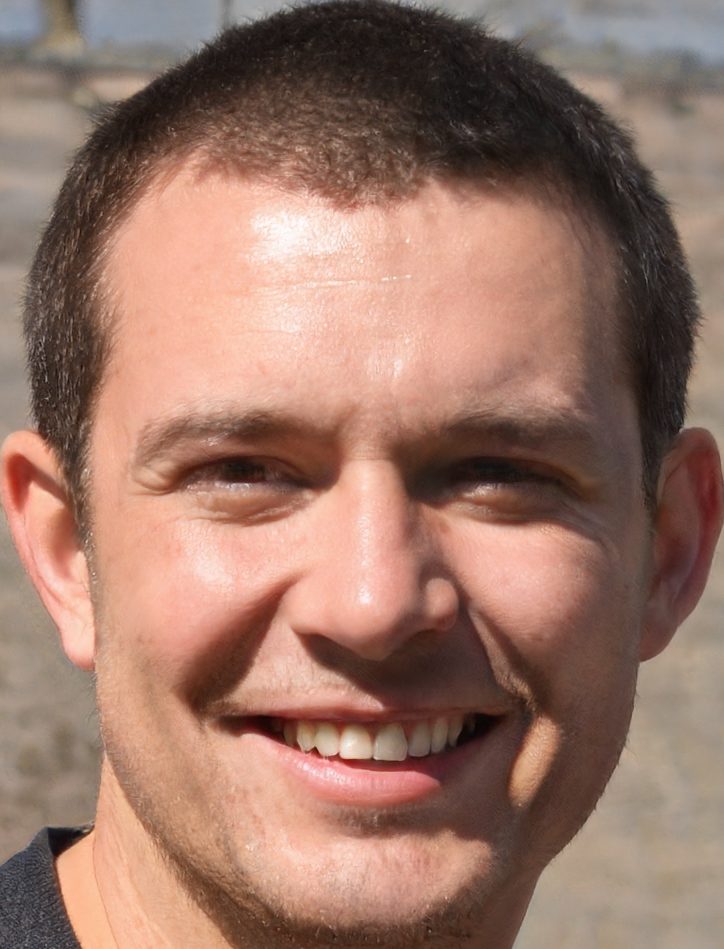Python, a programming language, was first created in late 1980. The operation was launched in December 1989. Python isn’t named after an ophidian serpent, but the name of the comedy group Monty Python and his Flying Circus in Britain. Guido van Rossum invented Python in the course of a stop project for the Dutch CWI research institution. Amoeba then distributed Python as an operating system. Van Rossum developed Python scripting language when Amoeba requested it. It was simple to use and supported multiple platforms, which were two of its greatest strengths. This was an important innovation in the era of personal computers. Python was quickly able to perform human activity using libraries and different file formats.
The Python programming language has released version 1. Python reached version 1. The most important options were the new programming tools lambda.map.filter.and reduce. Van Rossum declared that Python’s non-inheritable programming tools lambda, reduce and filter were not available to him. A Lisp hacker had submitted operating patch updates. Python 1 was the latest version when Van Rossum attended CWI. 2. Van Rossum continued working on Python at Reston’s Corporation for National Research Initiatives in 1995. He released many versions. Version 1. 4. Python was noninheritable to many new options. Modula-3 Galvanized Keyword Arguments and Inherent Support for Advanced Numbers are just a few of these. Although this can be used to hide data by name manipulation, it is not common. Python 2 is a programming language. List comprehensions were introduced by Python 2. Python’s syntax for this construct closely resembles Haskell’s. Python 2 is a programming language. A garbage collection system that can be used to build reference cycles was jointly introduced by 0 and Python 2. The Python 2 innovation was a major one. The unification of Python’s categories and sorts into one hierarchy was Python 2. The unification of all the objects in Python created an object model that is strictly and systematically object-oriented. Icon impressed generators.
Python 2 is a programming language. 5. was released in September 2006. It introduced the with statement. This allows you to enclose a block of code within a context manager. For example, opening a file and closing it. This permits Resource Acquisition Is Initualization (RAII-like behavior and commutation, a typical try/finally expression. Python 2 is a programming language. Python 3.0 was released at the same time as Python 6. 0, and included features from Python 3. 0. Python 2 is similar. 7 Python 3.3.2 options were included in Python 3.3.3. 1, was released 26 June 2009. Parallel 2. x, 3. x releases were discontinued. Python 2. 7. was the final release in the 2.x series. In November 2014, Python 2.x was declared. Python 7 would be supported through 2020, but users were instructed to migrate to Python 3 immediately.
Python 3 is the latest version of the Python programming language. Python 3.0 was published on 3/12/2008. It was released on 3 December 2008. Python 3’s guideline was to “reduce feature duplicate by eliminating old ways of doing it”. Python 3 is a computer programming language. Python 3.0 was created with the same philosophy as previous versions. Python 3.0 was created because Python had developed redundant ways of programming the same task. Python 3.0 was focused on eliminating duplicate constructs, modules and methods to ensure that there is only one way to accomplish the task. Python 3. Python 0 was a multi-paradigm programming language. While there were still many options for coders to choose between object-orientation and structured programming, they had to make broad decisions. However, the main points of Python 3 were made very obvious. Python 2 x.
Guido van Rossum was resigned as Python’s leader on 12th August 2018.
